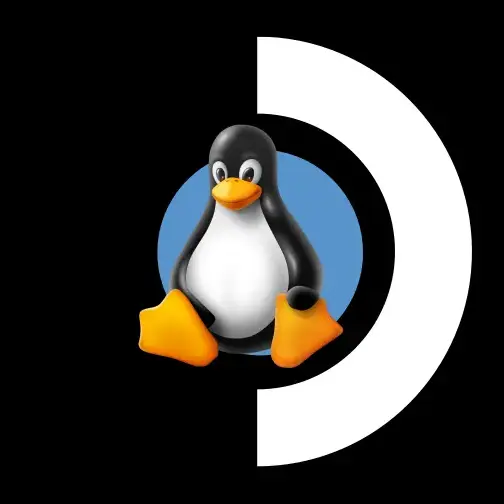

The US has been on a governance crisis for some time now. It is slow and gradual, but they already had a coup attempt. It is the sort of things that is surreal and only possible to see when you look at it from a multi decades POV. Like Asimov’s foundation, it will take centuries and lots of things can happen in the mean time, but you can already see the empire imploding, rotting from within. Rome took almost 3 centuries to fall, and it was more like an erosion rather than crumble. I can see something similar.




“I don’t believe it…I’m on the cover of the movie!”